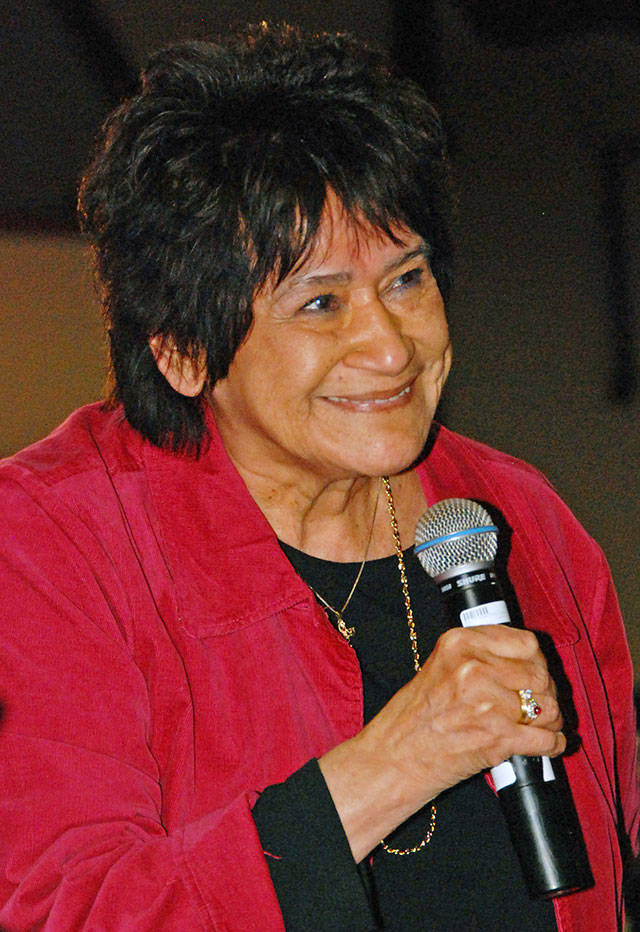As the tribal and state co-managers begin the annual salmon season setting process, the effects of drought and poor ocean conditions over the past few years – combined with ongoing loss of habitat – are leading to another year of low returns and restrictive fisheries.
Drought in 2015 left our rivers and streams running low, slow and hot. Many returning salmon died before they reached the spawning grounds or a hatchery, and thousands more out-migrating young salmon died before they could reach the ocean.
Poor ocean conditions in 2016 that included warmer-than-normal water and less nutritious food supplies led to coho returns that were below half of expectations. Those salmon that made it back were about 25 percent smaller than normal and females carried about half as many eggs.
We continued to feel the effects of those conditions in last year’s low returns, and we can expect more of the same for the next few years.
The good news is that ocean temperatures are cooling. We have also seen a wet winter with a larger snowpack that will help our rivers and streams run higher and colder this summer.
But while weather and ocean conditions may improve, the trend of habitat loss and damage continues its downward trend, making it increasingly difficult for tribal and state co-managers to craft conservative fishing seasons that provide limited harvest while protecting weak stocks.
Stillaguamish and Snohomish river chinook are near record low levels because of lost habitat. Coho returns to the Queets and Snohomish rivers and Strait of Juan de Fuca also are expected to be low this year. Reduced harvest by Indian and non-Indian fishermen will be needed to protect those stocks.
The ongoing decline of Puget Sound chinook is another challenge facing the co-managers. Since 1999 they have been listed as threatened under the federal Endangered Species Act and show no signs of improvement.
Co-managers have developed a new 10-year Puget Sound chinook management plan, but it has already been declared insufficient by NOAA Fisheries, the federal agency in charge of implementing the ESA. That means even more restrictive fisheries are likely – perhaps as early as this summer.
The agency may also require additional fishery restrictions to help recover southern resident killer whale populations, which have been declining along with their preferred food: chinook salmon. At the same time, harbor seal and California sea lion populations have exploded in western Washington to the point that they now take more salmon within Puget Sound than fishermen.
We can’t do anything about the weather and ocean conditions, but we can do something about the largest cause of the salmon’s decline: lost and damaged habitat.
The clock has been ticking for nearly 20 years on the listing of Puget Sound chinook as threatened under the ESA. The Act says a threatened species is “… any species likely to become an endangered species within the foreseeable future throughout all or a significant portion of its range.”
With no progress on Puget Sound chinook recovery, how much time do we have before NOAA Fisheries decides to re-classify them as endangered? If we think fishing restrictions are tough now, we haven’t seen anything yet.
Lorraine Loomis is chair of the Northwest Indian Fisheries Commission.



